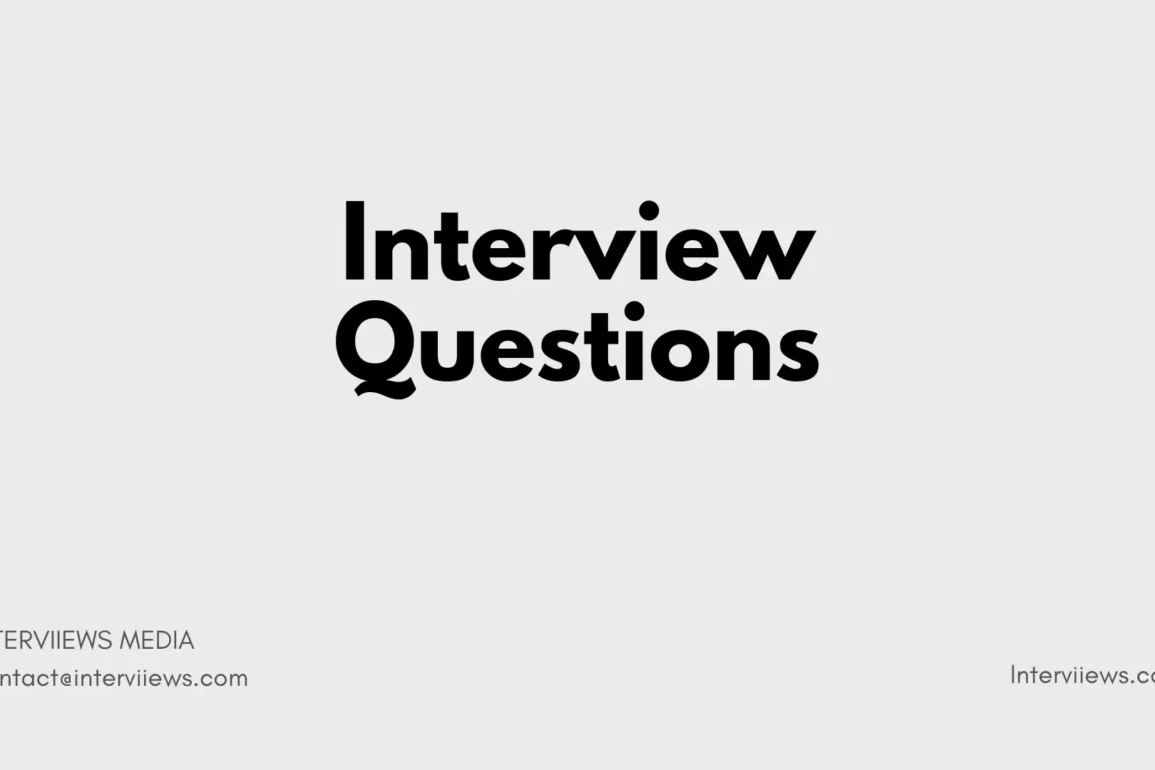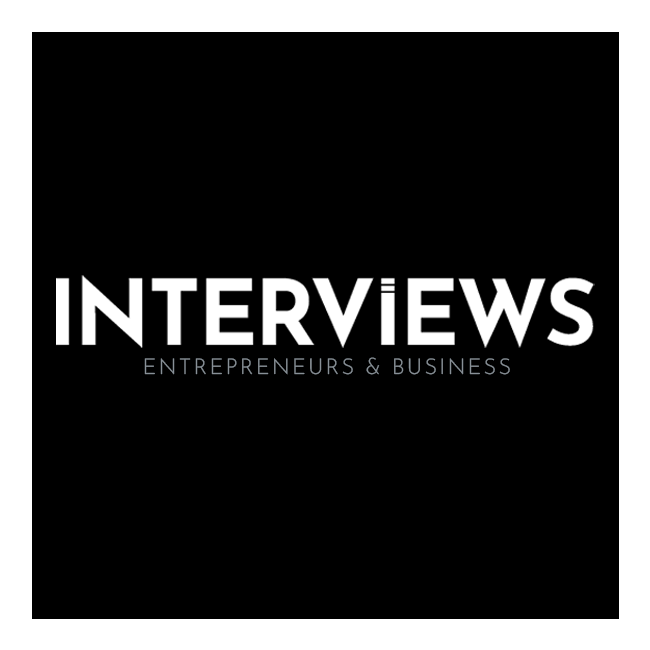Are you gearing up for a virtual interview and feeling a bit anxious about what questions might come your way? You’re not alone! Did you know that 86% of hiring managers utilize video calls to assess candidates? Mastering virtual interview questions and answers is crucial in standing out from the competition. Let’s dive into the essential questions you may encounter, the best practices to follow, and how to craft effective responses that showcase your unique abilities.
Common Virtual Interview Questions
Ah, virtual interviews! They’re like regular interviews but with the added fun of hoping your cat doesn’t decide to jump in your lap at the worst possible moment. I remember my first virtual interview. I was completely unprepared, thinking it was just a casual chat. Let me tell you, that was a mistake! Preparing for a virtual interview is key, and knowing the common questions can really help. So, let’s break down what you might face.
- Typical Questions: You can expect a mix of classic interview questions and some situational ones where you’ll need to explain how you handled past challenges. Employers are often looking for not just your experience but also your personality and how you might fit into the team.
- Top Questions: Here are some common ones:
- Tell me about yourself
- Why are you interested in this position?
- What are your greatest strengths?
- What do you consider a weakness?
- Describe a challenge you faced in previous roles.
- Why Employers Ask These Questions: This is pure gold! Employers want to gauge your skills, motivations, and sometimes your ability to think on your feet. They’re also sizing up your communication skills, especially since they’re meeting you online. They want to make sure you can articulate thoughts clearly, even with a screen between you.
- Importance of Preparation: Trust me on this. Good prep can make your nerves just a bit more manageable. I’ve been there where I thought I could wing it, only to be thrown off by a question that made my brain freeze! Review common questions, and maybe even do a practice session with a friend. I mean, who wouldn’t like some practice runs with popcorn and laughs afterward?
- Examples Include: So, aside from the ones I mentioned earlier, consider questions like:
- What inspired you to pursue this career?
- Do you prefer to work on a team or individually?
Crafting Effective Answers
So, you’re gearing up for a virtual interview and you’ve heard about the STAR method—it’s like the secret weapon of interview prep! Trust me, I’ve been there, and let me tell you, it makes a world of difference in how well you present your experiences. The STAR method breaks down your answers into four concise components: Situation, Task, Action, and Result. Here’s a step-by-step guide on how to use it.
- Understand the STAR Method: Grasping how to tell your story is key. Start by setting up the situation. What was going on? What challenged you?
- Highlight the Task: This is where you explain your role within that situation. What was your responsibility? What did you need to accomplish?
- Share Your Actions: Talk about the specific steps you took to address the task at hand. This is your time to shine!
- Discuss the Results: Wrap it all up by sharing the outcomes of your actions. What went well? Did you learn something? Get a promotion? Numbers might help here; quantifying the results can be super persuasive.
Tailoring Your Answers
Now, tailoring your responses to the specific job role is pretty important too. Each job is unique, and your stories should reflect the skills that matter most to the hiring manager. Did the job ad emphasize teamwork? Pick a project that showcases your collaborative spirit. Or if they really want someone innovative, tell them about a time you introduced a new process.
Importance of Sincerity and Enthusiasm
One thing I’ve learned is that sincerity and enthusiasm can’t be faked. When sharing your stories, let your passion shine through! For example, if you’re asked about a challenging project, you might say, “One project that really pushed my limits was…” and then dive into the details. Showing real excitement about your experiences helps create a connection with the interviewer.
Sample Scenario
Let’s say you’re asked, “Tell me about a challenging project.” Here’s how you might structure it using STAR:
- Situation: “The situation was that our team was tasked with increasing sales by 30% in a quarter, which seemed impossible!”
- Task: “As the sales lead, I was responsible for developing strategies that would achieve those numbers.”
- Action: “I organized brainstorming sessions, encouraged team input, and we decided to target a new customer segment. We revamped our marketing approach and adjusted our sales techniques.”
- Result: “As a result, we surpassed our goal and increased sales by 35%! Plus, our team gained valuable insights that we still use today.”
Using this method not only helps you stay structured, but it also showcases not just what you’ve done, but how you think and approach challenges. Interviewers love that!
Strategies for Personalizing Your Responses
- Techniques for making your answers unique:
- Researching the company culture and the role: You know, before my last interview, I spent a good chunk of time just browsing the company’s social media pages and website. By doing this, I stumbled upon their community service initiatives and got a sense of their team atmosphere. This insight helped me feel more confident when I tailored my responses, as I could genuinely speak to their values. Maybe you could even jot down key phrases or values that resonate with you – they can be useful later!
- Incorporating personal anecdotes relevant to the job: Oh, this one is a game-changer! Think about stories from your past experiences that not only highlight your skills but also tie back to the role you’re applying for. I remember during an interview for a teaching position, I shared a story about how I handled a difficult classroom situation. Not only did it make my response memorable, but it also showcased my problem-solving skills!
- Connecting your career goals with the company’s mission: It’s important to align your professional aspirations with what the company aims to achieve. When I articulated how my passion for sustainable practices matched a company’s mission to be eco-friendly, it felt like a light bulb moment! It can really show your potential employer that you’re not just looking for a job, but a place where you can grow and contribute meaningfully.
- Examples of personalized responses:
- Sharing experiences that resonate with the company’s values: I always think about how to resonate with the interviewer. For example, if a company emphasizes innovation, I try to bring up times when I embraced changing methodologies or systems to improve outcomes. These specific examples not only show I can fit their culture but also add a nice personal touch to the conversation.
Let’s not forget, the key here is to be authentic. The interviewer can usually tell when your responses are genuine or just rehearsed lines.
Plus, don’t stress it too much! You got this! Just let your personality shine through your answers, and it’ll definitely leave a positive mark on the interview.
Best Practices for Virtual Interviews
So, virtual interviews, huh? They can sometimes feel a bit like an episode of “The Twilight Zone” – you’re in a room but not really in the room. I’ve definitely had my fair share of these and learned a thing or two. Here’s me sharing some of the best practices I’ve stumbled upon to help you shine!
- Practical tips to enhance your performance:
- Setting up your environment for success is a must. Seriously, lighting can make or break your vibe! I learned the hard way that having the sun glare behind you is a big no-no. It’s like, “Hello, I’m a shadow!”
- A clean background is crucial too. No one wants to see your laundry pile in view. You’ll come off as polished by keeping things tidy.
- Don’t forget your tech! Check your internet speed. Anxiety is already a part of interviews, why add buffering to it?
Related — Mastering Pre-Recorded Video Interview Questions and Answers for Success
Eye Contact and Body Language: Keep it Real
Now let’s talk about that good ol’ non-verbal communication. Maintaining eye contact over a screen is trickier than it sounds. I used to stare at the interviewer on the screen like it’s a captivating movie, but then I noticed that I was actually looking at their face, not the camera. So now, I focus on the camera instead. It takes practice but is worth it!
- Use your hands to express yourself! Just don’t go overboard – you ain’t auditioning for a drama show.
- Smile! It’s not just for the camera; it really comes through and sets a friendly tone.
Ready for Technical Glitches
Let’s be real, tech issues happen. The other day, I was trying to join an interview, and my headset decided to play ‘hard to get.’ I felt like a character out of a sitcom! Now, I always prepare for potential technical hiccups – I keep an extra set of earphones handy and make sure my devices are charged. And let’s talk about muting yourself when you’re not speaking. Trust me, your interviewers will appreciate the lack of background noise!
- Checklist for getting ready:
- Ensure smooth internet connectivity.
- Test your camera and audio beforehand. Seriously, do it!
By taking these little steps, you are creating an atmosphere of professionalism that’ll impress potential employers. It’s amazing how far attention to detail can take you in interviews!
Additional Resources for Further Preparation
As I’ve prepared for various virtual interviews in the past, I’ve found that having the right resources can really give you a leg up. We’re living in an age where technology can either be your friend or foe, so arming yourself with quality material is key. Here’s a handful of resources that helped me and could make a difference for you too.
- Links to helpful guides:
- Indeed’s Virtual Interview Guide – A comprehensive overview that outlines everything from tech prep to common pitfalls.
- MIT’s Resource Page – This page is full of tips tailored specifically for virtual settings. They keep it real.
- Downloadable PDF checklist: I can’t stress how helpful a checklist is. I downloaded a PDF checklist of common questions and crafted answers. It was a lifesaver! Look for something like “Top 50 Interview Questions” from sources like CareerBuilder.
- Online resources: Websites like The Balance Careers offer interactive quizzes and modules to refine your answering skills. Improved my confidence, I tell ya!
- Suggested articles: Staying current is also: – Read articles from reputable sources about emerging trends in virtual interviews. – Blogs from career coaches can provide fresh, actionable insights.
- Importance of practicing your answers: You gotta get reps in! The more you say your answers out loud, the more natural it feels. It’s like prepping for a performance—your responses need to flow smoothly.
- Role-playing with a friend or mentor: Find someone willing to play the interviewer role. It’s a fun way to identify areas you could improve upon. I was shocked by my own nervous mannerisms—thinking I was calm but realizing I fiddled a lot! So, give it a shot!
With these resources in your toolbox, your chances of nailing that virtual interview just got a whole lot better. Remember, it’s all about preparation and practice!
Conclusion
Preparing for a virtual interview doesn’t have to feel daunting! By understanding common questions and crafting thoughtful answers using techniques like the STAR method, you’ll set yourself up for success. Remember to personalize your responses and practice good virtual interview etiquette! Ready to ace your virtual interview? Practice these answers now and set the stage for career success!





